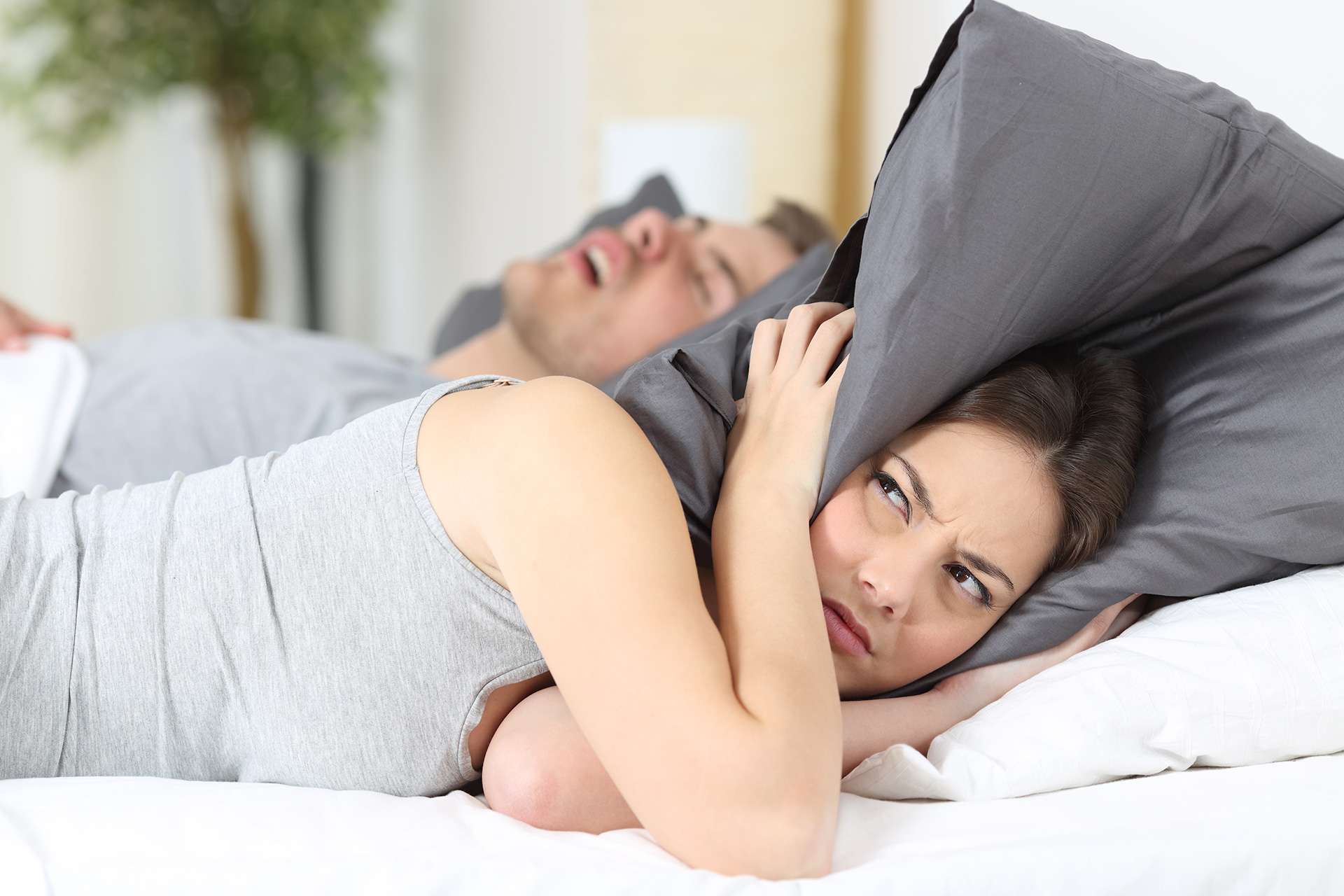
Soft palate surgery
The goal of surgery performed on this area is to widen the airway behind the soft palate and the uvula and to reduce volume and compaction, vibration in the soft tissues.
In 75% of patients with sleep apnea syndrome because of the presence of a more or less soft palate and the problem of swollen palatine uvula, the posterior pharyngeal area is the most common area of surgical intervention. On the other hand, almost half of patients have problems with the nasopharyngeal area, such as septal deformities and tongue root protrusion.
The type of surgical intervention in the soft palate varies depending on the severity of the disease and the cause of the airway obstruction. When deciding on a surgical technique, the soft palate, palatine uvula, and posterior pharynx should be carefully evaluated in addition to the medically assisted sleep analysis procedure.
uvula, posterior pharynx, and tonsils. Frontal view of the airway
anteroposterior, left-right or circular view directly influences the choice of surgical technique, therefore all patients scheduled for surgery should undergo a sleep endoscopy exam performed with special medical equipment to measure parameters and comprehensively describe the location and shape of the disease.
Many Features and Benefit in Our Beauty SPA
Happy Client
Years Experience
Radiofrequency reduction of the soft palate
Based on the principle of radiofrequency reduction, radiofrequency waves affect the soft tissues of the pharynx by submucosal insertion of an electrode, thermal damage leads to their compaction and reduction in volume. As a result, the volume of the soft palate decreases and there is a reduction in vibration through the vacuum created by the air flow. This procedure is performed as an outpatient procedure under general anesthesia or under local anesthesia and in the office setting. The reduction method is preferred in patients with moderate thickening and sagging of the soft palate, usually in patients with snoring complaints and without characteristic signs of obstructive sleep apnea syndrome, also, in patients with uncomplicated soft palate problems and in patients with primary pathology of other areas causing obstructive sleep apnea syndrome. A positive result of this surgical intervention is achieved in 40-50% of patients. The procedure may be repeated 2-4 sessions at intervals until the desired effect is achieved.
Soft palate implants (Pillar Implant)
Pillar implants are used to implant small implants into the soft palate in order to strengthen the weakened soft palate tissues, thus reducing the loudness and presence of snoring. Once the implants are inserted in the soft palate tissues, the body eventually forms a tight connective tissue capsule around the implants, thus improving the palate’s structural integrity, creating an internal frame and preventing it from vibrating when breathing in.
The Pillar procedure brings positive results for patients with uncomplicated snoring with excessive and hypotonic soft palate, when the soft palate is enlarged in patients suffering from mild to moderate obstructive sleep apnea, the procedure is not effective. The procedure can be performed alone or in combination with other snoring and sleep apnea surgeries. As with radiofrequency reduction, the Pillar procedure gives the best results in patients with a Body Mass Index (BMI) less than 25.
Classic uvulopalatopharyngoplasty (uppp) and modern soft palate surgery
The most common surgical intervention for patients diagnosed with sleep apnoea is surgery on the soft palate. This surgery involves the excision of the palatine uvula, part of the soft palate and palatine arches, and the removal of tonsils in order to expand the airway behind the soft palate.
Considering the traumatic nature and disadvantages of the classical operation on the palatine part, called uvulopharyngopaloplasty (UPPP) due to the possible development of several complications in the postoperative period, in recent years, various surgical techniques have been developed, whose application is determined in accordance with the anatomical structure of the patient and the content of the disease.
Surgical procedures of the soft palate alone are effective in 85% of patients with uncomplicated snoring, while in patients diagnosed with sleep apnoea, these operations have a success rate of 25 to 75%.
After soft palate surgery, complications such as insufficient closure of the palatine ring (velopharyngeal insufficiency), bleeding, infections, complaints of mucous nasal discharge, difficulty swallowing, taste disorders, and tongue numbness are possible.
The most common phenomenon and complaint of patients is the presence of postoperative pain in this area of intervention. At the same time, painful symptoms become moderate after the operation, especially in the first 5-7 days, severe pain is observed. Long-term complaints can be caused by dry mouth, a feeling of tension in the throat and mucus discharge from the nose due to the dysfunction of the palatine uvula (uvula).

